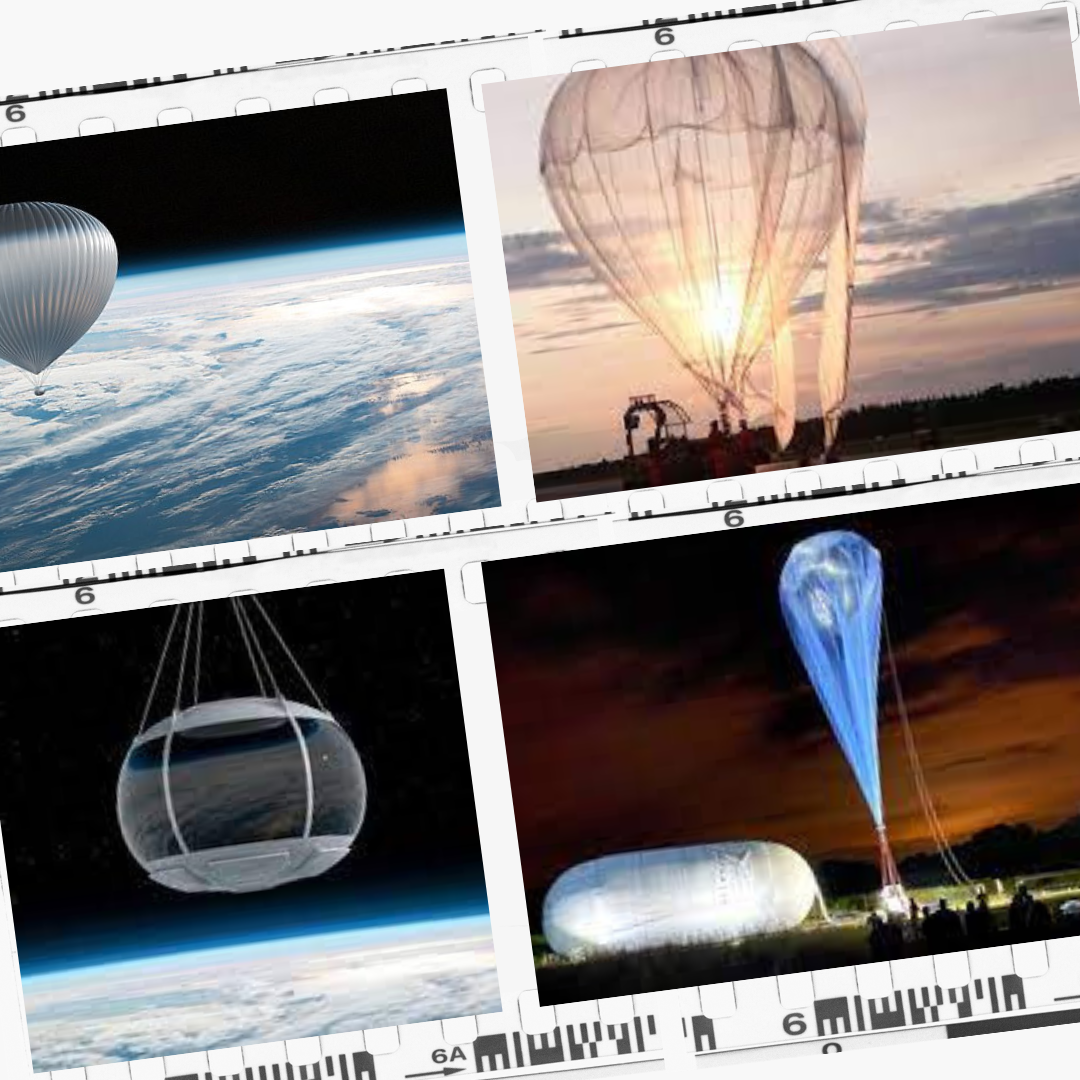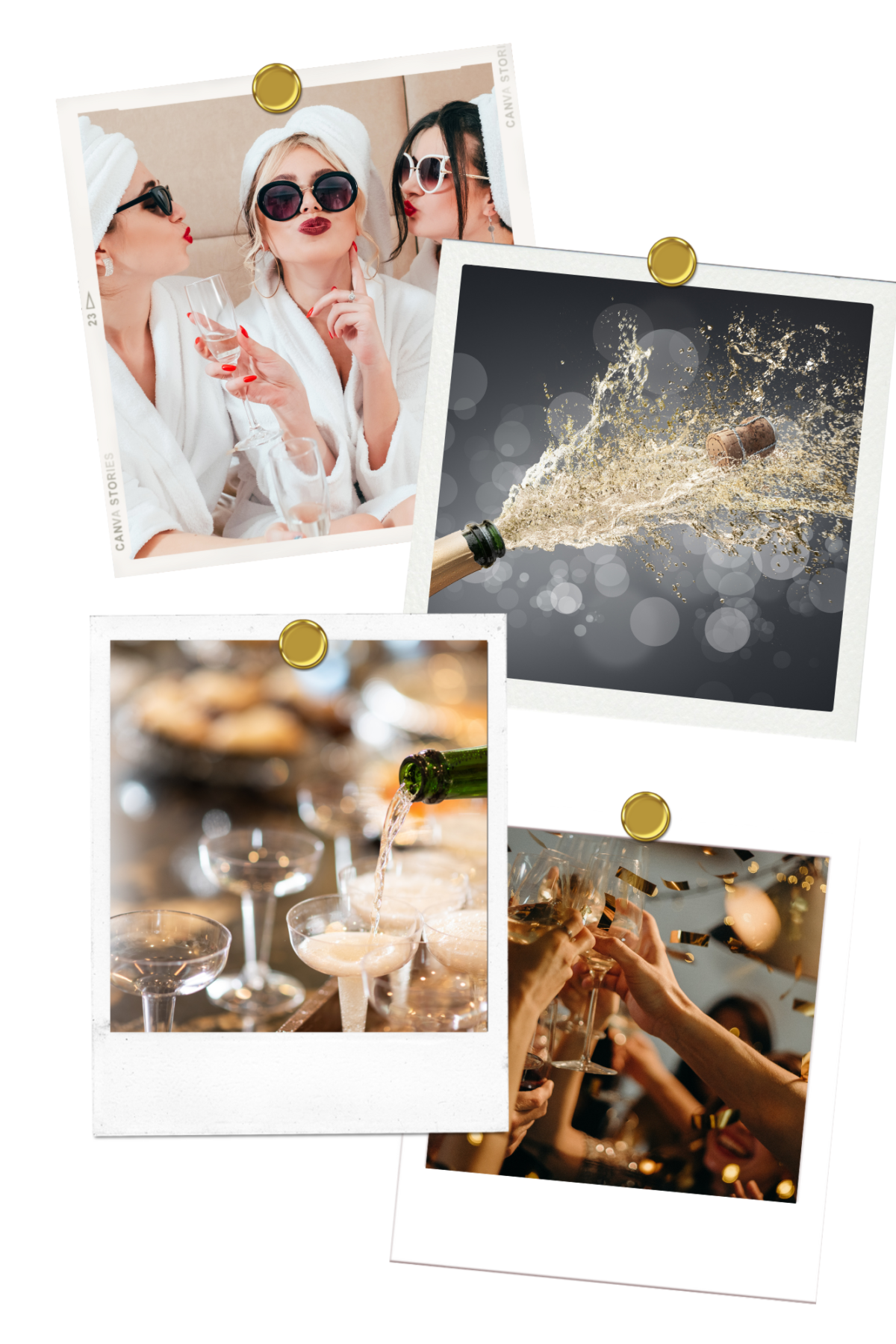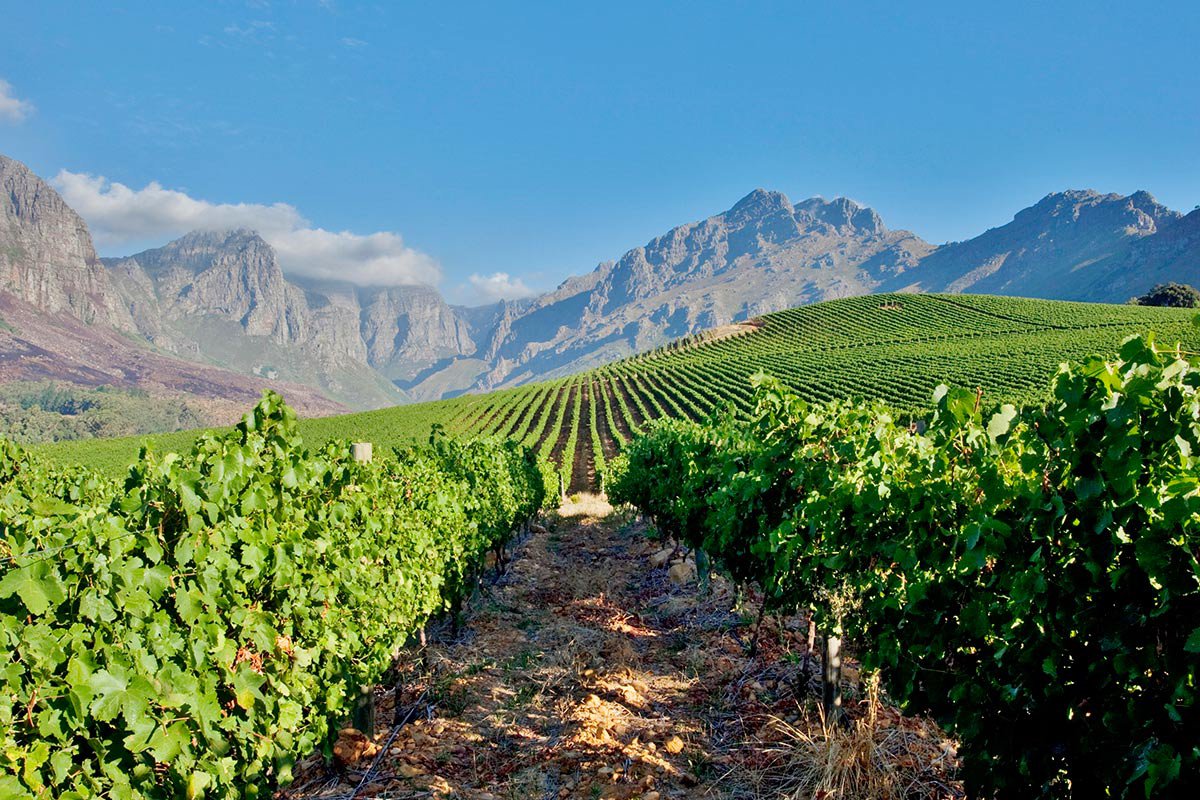French company Zephalto is offering passengers the chance to travel to the stratosphere in a balloon, starting at €120,000 /$132,000 per person in 2025.
Beyond organizing a panoramic viewing experience, Zephalto is also bringing in French luxury and the ‘art de vivre’ with a pre-flight gourmet meal prepared by famous French chefs, followed by a unique wine-tasting experience.
The wine tasting will take place in the Celeste, a metallic-like “spaceship” made from composite fibres to ensure its lightweight and exceptional strength. Its luxurious interior is said to be designed by Parisian interior designer Joseph Dirand.
Zephalto plans to launch the balloon from France on a six-hour experience that will include three hours at its highest altitude — above 98 percent of the atmosphere and twice as high as the average commercial jet. According to The Fédération Aéronautique Internationale, the boundary of space is at 62 miles altitude, over four times higher than Celeste’s final ascent.
The ship will sit beneath a vast helium balloon “the size of the Sacré Coeur in Paris”, which will push the ship into the stratosphere. The experience will last six hours and will hold two pilots and just six guests.
Because the Celeste will not reach this space boundary, it will not leave the Earth’s atmosphere, meaning passengers will not experience weightlessness. This will make the experience open to anyone without specialist training.
Passengers will be presented with a pre-flight gourmet meal, which the company claims will be provided by a team of famous French chefs, and will then receive a unique guided wine tasting, featuring carefully selected French vintages.
Zephalto representative states: “From regions to grape varieties, discover France from sky and land.”
Pre-reservations for their first year of operation are open with 60 flights planned.
Reserve your seat for this unique experience: https://book.zephalto.com/




![Current State of the World Vine and Wine Sector [Web Conference]](https://www.liz-palmer.com/wp-content/uploads/2023/04/oiv-conference.png)

